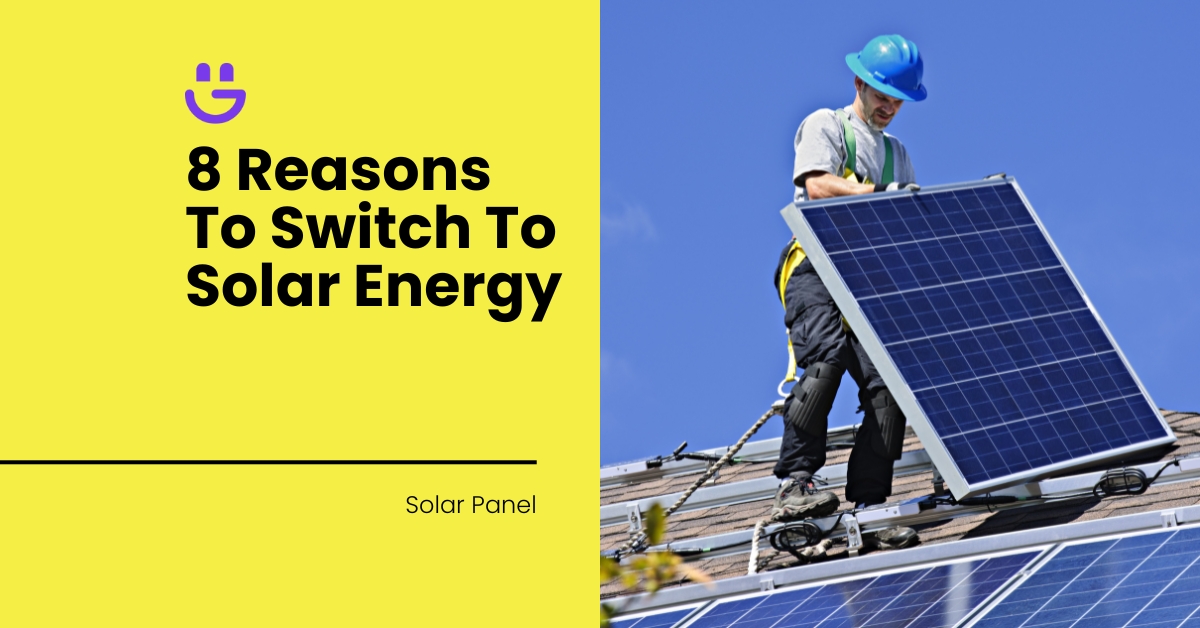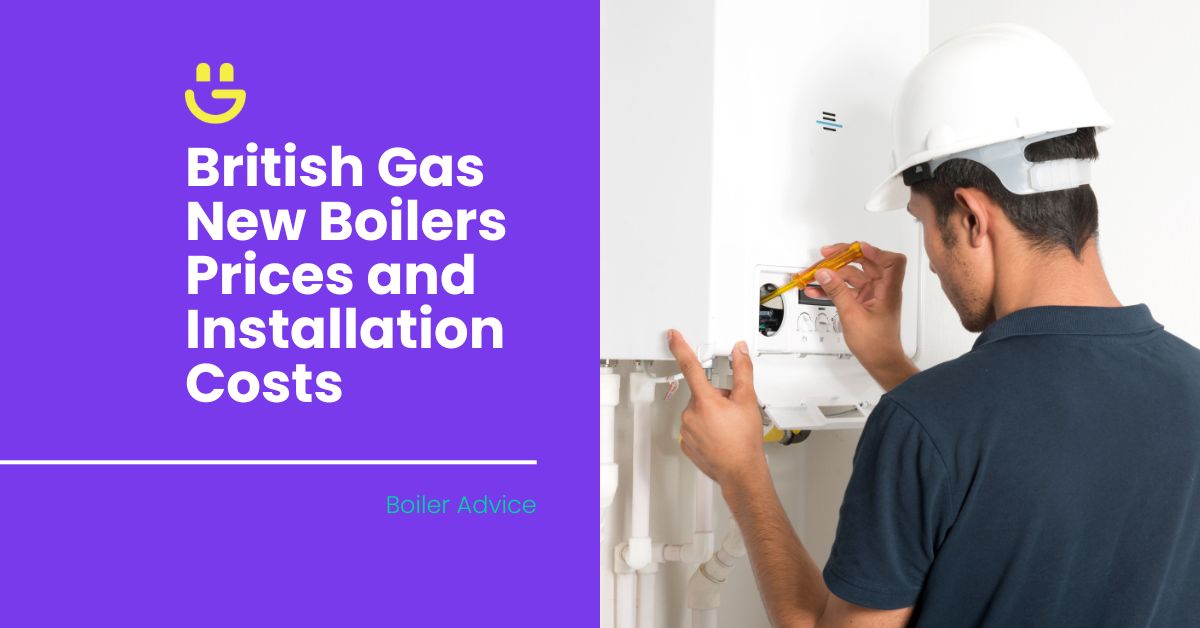Last Updated on November 14, 2025
Once you decide to make the switch to renewable energy, you’ll be met with a number of options, which can often be overwhelming.
However, if you’ve already narrowed down your choices to either solar shingles or solar panels, there are a few key differences to be aware of.
In this article, we’ll explore the differences between solar shingles and solar panels, weighing up their advantages and potential drawbacks, to help you make an informed decision.
Key takeaways
- Solar shingles cost more than traditional solar panels.
- If you’re looking for higher efficiency ratings, solar panels are a better choice.
- Solar panels offer more flexibility during and after the installation process.
Contents
What Are the Main Differences Between Solar Shingles and Solar Panels?
Solar shingles are integrated into the roof itself, replacing traditional roofing materials while generating power. They are discreet, blending seamlessly with the roofline.
In contrast, solar panels are mounted on top of your roof and can be more visible. While both generate electricity from the sun, solar shingles offer a more aesthetically pleasing solution, whereas solar panels are more common and often more cost-effective.
Solar Shingles vs Solar Panels: A Detailed Comparison
When deciding between solar shingles and solar panels, there are several aspects you want to focus on to ensure you’re making the right decision for your solar energy needs.
Cost
- Solar panels: When investing in traditional solar panels, you can expect to pay anything between £5,000 and £8,000 for a 4 kW system, including installation. Should you pair this with an inverter, expect to add between £800 and £1,500 to the final cost.
- Solar shingles: For the same 4 kW system, you can expect to pay £12,000 to £16,000 for solar roof shingles, which includes installation. Adding an inverter to the mix will cost an additional £800 to £1,500 to the final cost.
Performance and efficiency
- Solar panels: Traditional solar panels typically offer higher efficiency rates, ranging from 15% to 24%. This means they convert a higher percentage of sunlight into usable electricity. Monocrystalline panels, which are the most efficient, can reach up to 24% efficiency. And, thanks to their higher efficiency, can generate more power per square metre.
- Solar shingles: Solar shingles generally have lower efficiency rates, ranging from 14% to 18%. This means you might need more surface area to generate the same amount of electricity as solar panels. In terms of performance, solar shingles are greatly impacted by the design and orientation of your roof.
Installation process
- Solar panels: Installing solar panels generally requires a mounting system, which needs to be drilled into your roof. However, the installation process is much faster overall due to the size of the panels. Additionally, solar panels can be installed on any type of roof and can easily be relocated if needed, giving you more flexibility.
- Solar shingles: The solar shingles installation process is a bit more complex. They can only be fitted to tilted or sloped roofs. Once installed, they cannot be removed, which poses an issue if you decide to move. Overall, installing solar shingles require more time because each shingle needs to be connected and installed individually.
Size and shape
- Solar panels: Traditional solar panels are large and rectangular, typically measuring around 1m by 2m. The standardised shape allows for maximum sunlight exposure, hence the increased efficiency. However, the larger size does make them more noticeable.
- Solar shingles: Solar shingles are far smaller than solar panels, measuring roughly 990 mm x 1,651 mm. This smaller size makes it easier to integrate them with your existing roof. Solar shingles mimic the shape and appearance of traditional asphalt shingles, making them less obtrusive.
Design and aesthetics
- Solar panels: A solar energy system is bulkier and, because they are mounted on top of a roof, they can sometimes create a disjointed appearance. Once installed, there will be a clear distinction between your roof and the solar panels.
- Solar shingles: Solar shingles definitely have more visual appeal. They’re more discreet and less noticeable on a roof because they’re made to look like conventional roof shingles. Solar shingles are also easier to install on more complex roof lines because they follow the natural contours of the rooftop.
Durability and lifespan
- Solar panels: On average, you can expect a lifespan of between 25 and 30 years. Solar panels are built with strong materials, designed to withstand various weather conditions, including rain, snow, hail, and high winds. It’s important to regularly keep up with your solar panel maintenance and remove dirt and debris if you want them to last as long as possible.
- Solar shingles: Solar roof tiles have a similar lifespan, ranging from 25 to 30 years. Since they are designed to replace traditional roofing materials, they can withstand similar environmental stresses. Like solar panels, solar shingles require regular inspections and occasional cleaning to maintain their efficiency.
Warranty
- Solar panels: When investing in solar panels, the warranty period is specific to the brand you choose. You can generally expect a warranty period of between 10 and 25 years.
- Solar shingles: The warranty you can expect when purchasing solar roof tiles depends on the brand you decide on. In most instances, you can expect a warranty period of between 15 and 25 years.
Solar Shingles vs Solar Panels: Which Is Best for You?
Now that you have a better understanding of how solar panels compare to solar shingles, here’s how to decide which option is best for you:
Cost
Solar shingles generally have a higher initial cost compared to solar panels. The installation of solar shingles can also be significantly more expensive due to the need for more units to cover the same area and the complexity of their installation. Consider your budget before you make a final decision.
Visual impact
If you want your solar technology to be more discreet, solar shingles may be a better choice, even more so if you live in an area with strict planning permission regulations. However, if you are willing to overlook aesthetics in exchange for greater efficiency, solar panels are a winning option.
Efficiency
Once you invest in a solar roof, you want it to meet your needs, which is why efficiency ratings are so important. With solar panels, you will generally need fewer panels to produce the electricity you need. Should you opt for solar roof shingles, be prepared to install more shingles to match your energy demands.
Durability
Both solar panels and solar roof tiles are designed to withstand the outdoor elements. However, solar panels certainly have a longer track record and are backed by more extensive durability data. The good news is that both options typically come with warranties from 10 to 25 years.
Installation
Solar panels have a more straightforward installation process, typically taking 1-2 days. Solar shingles, on the other hand, have a more intricate installation process, often taking longer and potentially adding to labour costs. What’s more, solar shingles are often best installed when replacing the entire roof, while solar panels can be added to most existing roofs in good condition.
Get Your Solar Installation Quote Today!
Unlock the benefits of solar energy with ease. Eco Happy is here to guide you every step of the way. Share a few simple details with us, and we’ll provide you with a tailored, no-obligation quote for your solar installation. Start your journey towards sustainable energy today—request your free quote now!
FAQs
Can solar panels be installed on shingles?
Yes, solar panels can be installed on roofs with shingles, provided they are in good condition. This is mainly because a mounting system will need to be added to the roof, so a strong and stable surface is an important pre-requisite. Solar panels are best suited to asphalt shingles, but wood or slate can also work with the right expertise.
Which side of a roof is best for solar panels?
In the UK, the best orientation for solar panels to maximise energy production is typically a south-facing roof. The angle of the roof should also ideally be between 30 and 40 degrees to increase solar efficiency and exposure. East and west-facing roofs can also work, but roof pitch will be an important consideration.
Are solar shingles waterproof?
Yes, like solar panels, solar shingles are designed to withstand various weather conditions, including rain. However, the actual roof will still need a solid waterproof material installed between the rafters and shingles.
Can solar shingles be used with existing solar panel systems?
Solar shingles can be combined with existing solar panel systems in some cases, but it’s essential to consult with an expert to determine if this is feasible. The combination could provide a more integrated and aesthetically pleasing solution, but it depends on your roof’s structure and energy needs.
Final Thoughts
Solar panels and solar shingles may have the same function, but they’re different in most other ways. From cost and installation to design and longevity, it’s essential to consider all the major differences between these two products when planning your solar power system.





Tom Allen
Solar Expert